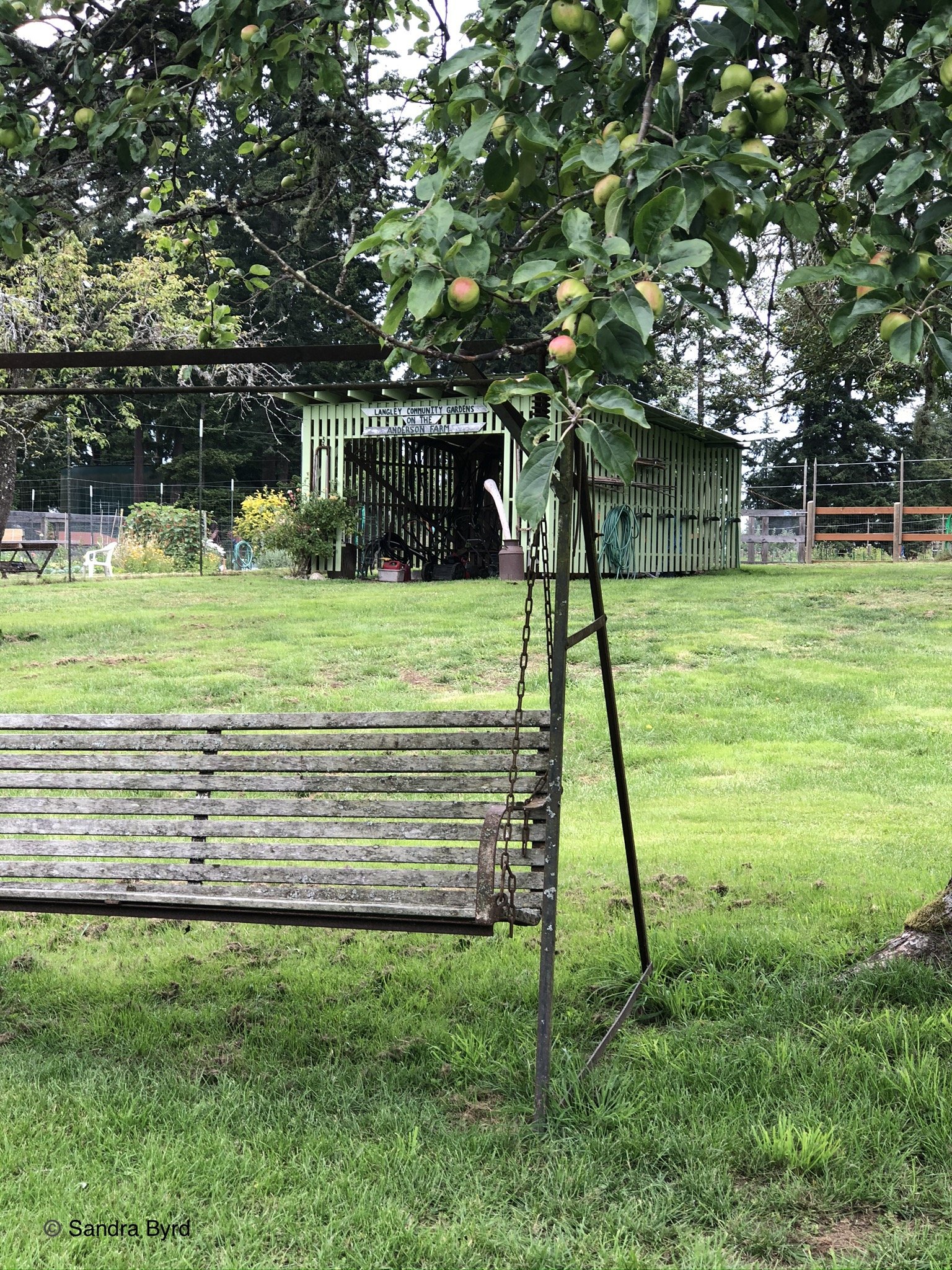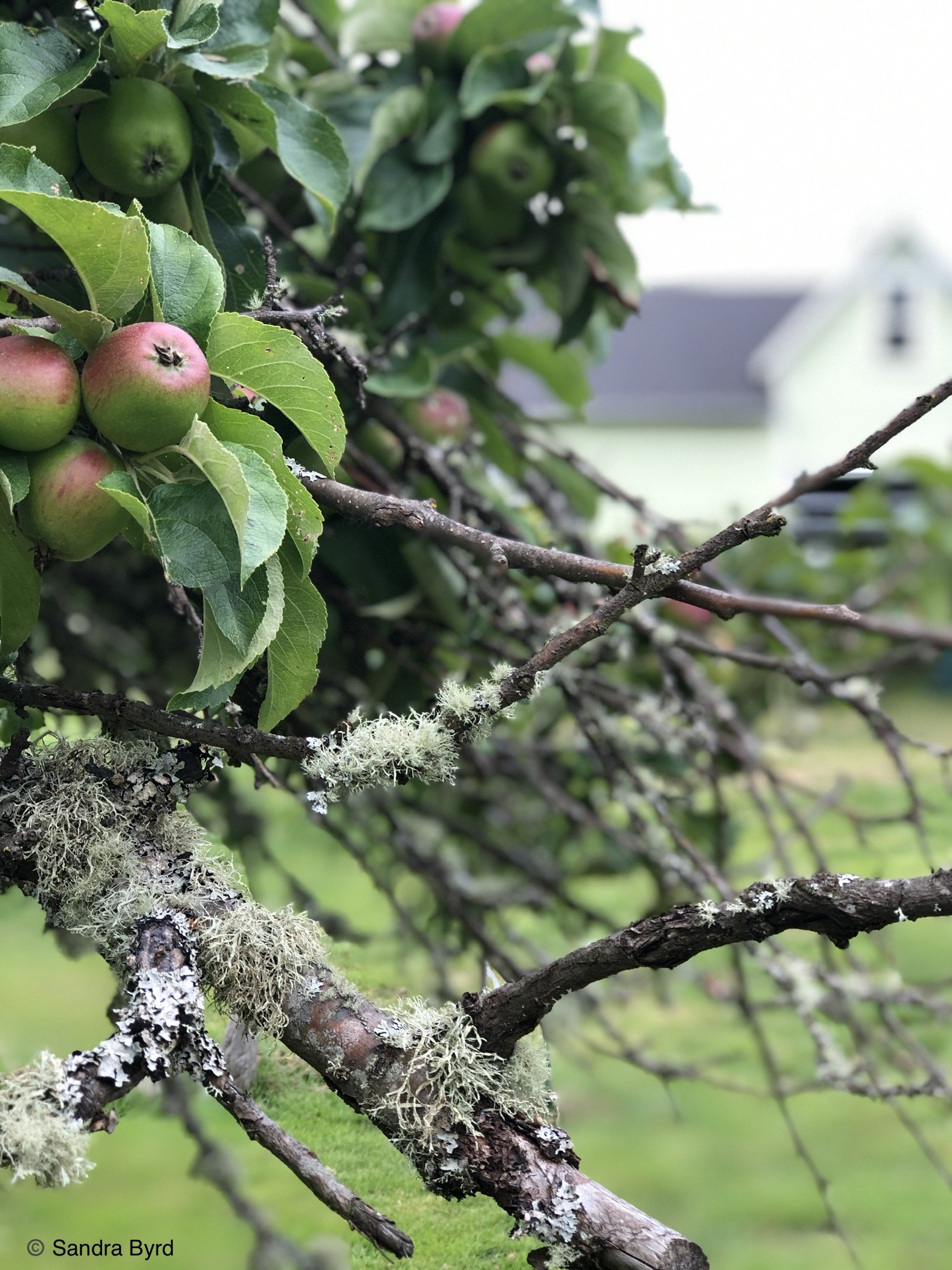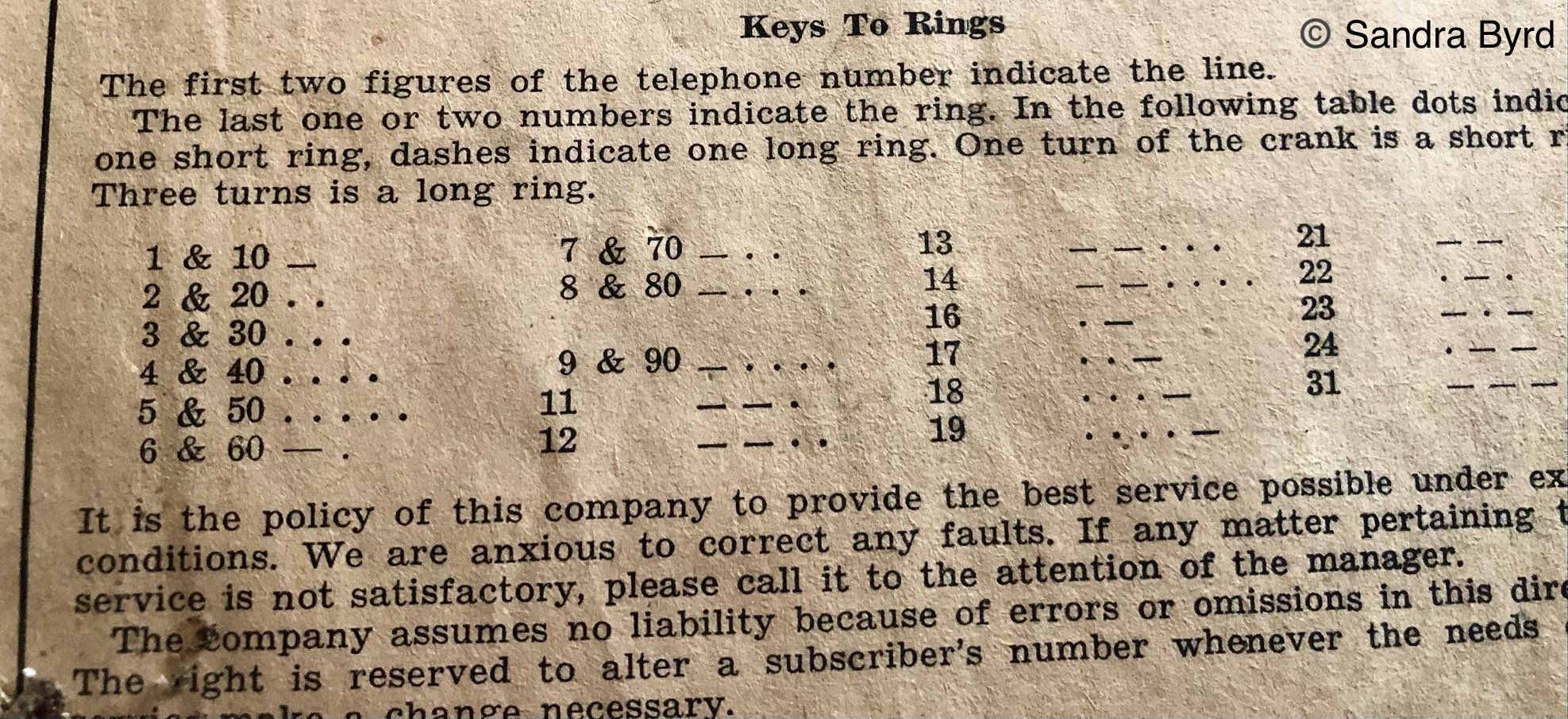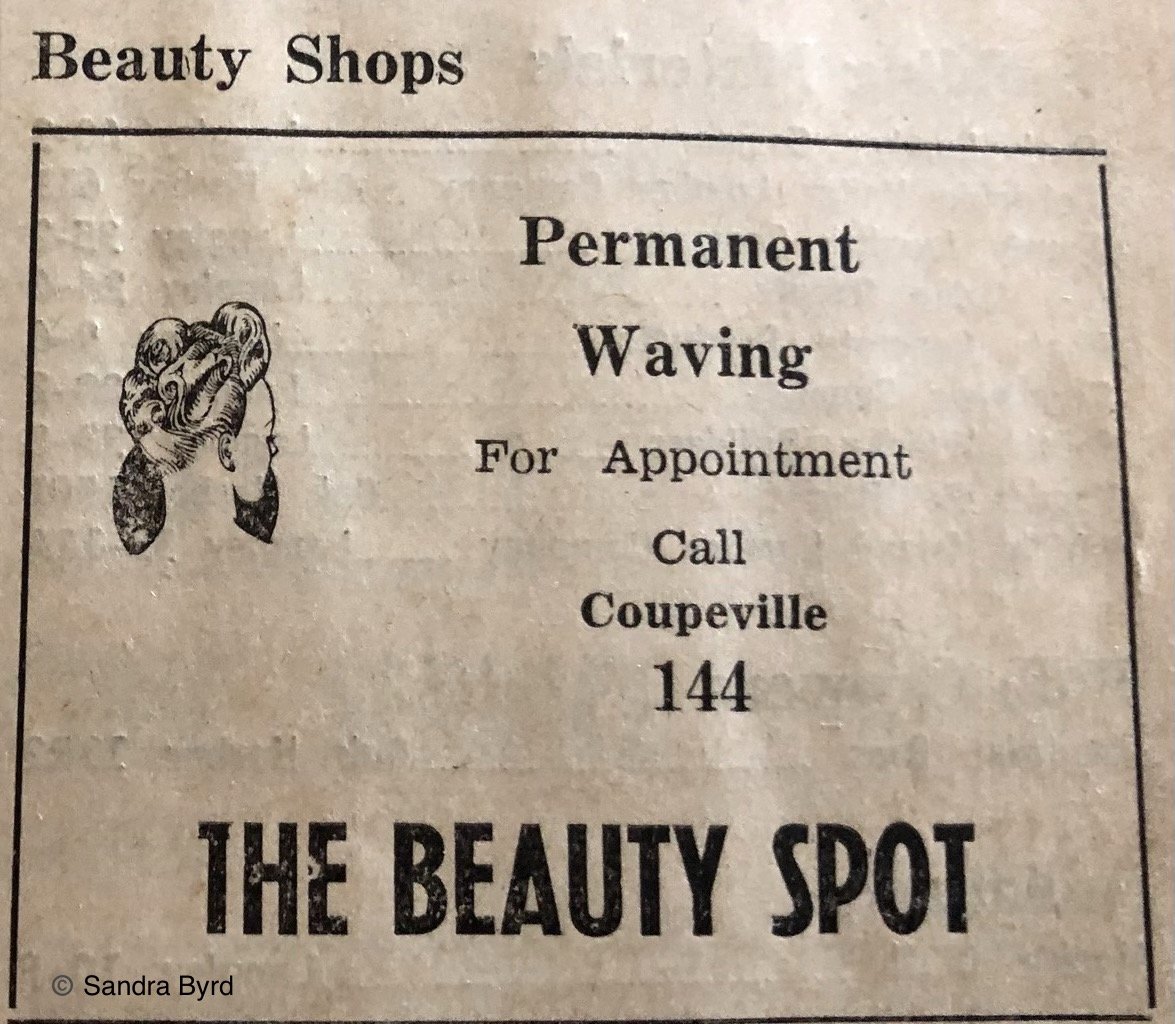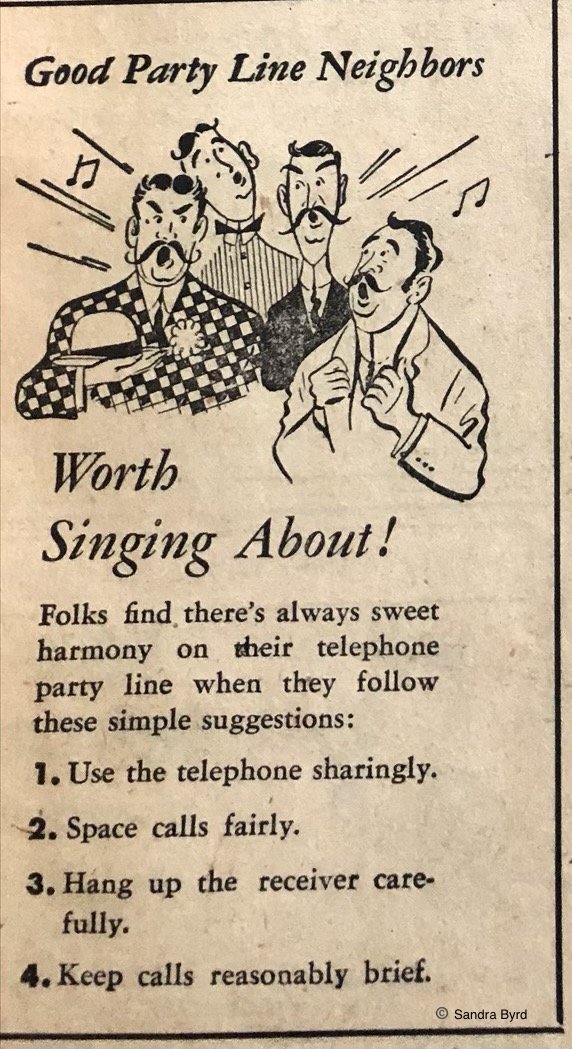Eavesdroppers on the Party Line!
Chicken thieves, flower gardens, and eavesdroppers on the party line? Yes, please!
On rare occasions, a real place meets and bests my imaginary book settings. And so it came to be that the Anderson Farm in Langley, Washington, on Whidbey Island, offered itself as the setting for Heirlooms.
Built by the current owner’s great-grandpa Anderson in 1907 on twenty acres he purchased for $500, Tamara Knapp renovated the home several years ago to its midcentury glory. Tamara and her mother Dorothy Anderson generously share their historic property: they offer sixteen plots for community gardens and stays in the property’s warm home through Airbnb. Don’t garden and can’t spend the night? Take home a bouquet from the over 800 Dahlias they’ll plant this year.
I cooked in the kitchen, slept the rooms, harvested bouquets, and sat at the sewing machine as Helen, Eunhee, Cassidy, and Grace did. I stopped by the poultry-yard after reading how, in the fall of 1939, 3000 pullets were thieved in one night – leaving only an open door and the odor of chloroform to tell the truth of what had happened.
I ate an apple from a tree in the small orchard (initially planted in 1908) and sat in the swing under the apple trees, just as Cassidy, Nick, and Grace did when facing a difficult choice. I walked the garden where Eunhee and Helen started their plots.
Early in the twentieth century, Tamara’s great-aunt Ester picked strawberries to pay for school clothes purchased from the Sears, Roebuck, and Co. catalog. Summer fields were lush with ripe berries until weevils arrived and demolished crop and hope. Farming has never been financially practical, so Mr. Anderson, also known as “Graveyard Anderson,” dug graves to help pay the bills. But working the land feeds not only the mouths but also the spirit, so he – and Cassidy – persisted.
Photo by Oliver Hale on Unsplash
One day, I opened a drawer in a bedroom to find a phonebook from the fifties. Chockablock with fun advertisements, it also offered instructions on keeping good manners while using the area’s party line. According to ATT’s Tech Channel, party lines were “shared/group telephone subscriptions ... an integral part of American culture until they were phased out primarily between the 1950s and 1970s.”
ATT says, “By 1950, 75% of all residential customers (nationwide) were on party lines... Party lines had a few features that affected telephone usage greatly: you could listen to your neighbors’ conversations, so phone lines weren’t always thought of as secure or private; telephones on party lines would ring with a particular pattern unique to a household, so the customer would only answer the phone that rang with “their” ring.”
In a way, it was kind of a reverse of today’s ringtone. Instead of telling you who was calling, it let you know it was your turn to pick up the call. And possibly, an invitation for everyone else to pick up your call, too, and eavesdrop.


